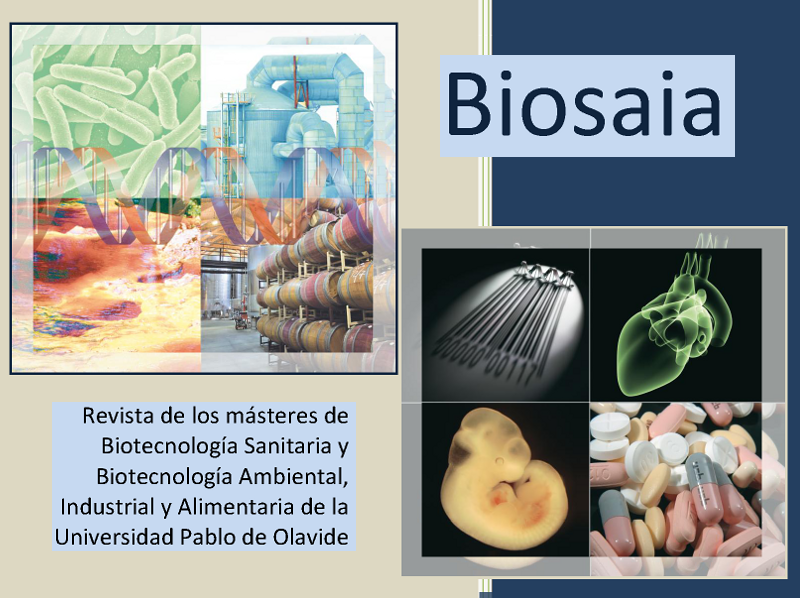ZIF-8 MOF used as optic sensor for toxic gases
Palabras clave:
metal-organic frameworks; MOFs; ZIF-8; optical sensor; dopping; hydrogen sulfide gas;Resumen
Metal-Organic frameworks (MOFs) are crystalline organic-inorganic porous materials comprised of metal atoms or clusters coordinated by organic ligands. ZIF-8 (zeolitic imidazole framework), due to the abscense of an intricsic fluorescenc, has never been used as optical sensor. In this works, ZIF-8 has been dopped with Cd (II) atoms (2.5%), showing an huge enhacement of the fluorescent compared with the non-dopped ZIF-8. This new material is suitable for optical sensing, being sensitive to hydrogen sulfice gas, which causes quenching of the luminescence proportionally to its concentration.
Methods: ZIF-8 was synthesized at room temperature mixing a methanol solution of Zn(NO3)2·6H2O with a methanol solution of 2-methyllimidazole (Hmim), with Zn (II), Hmim, methanol ratio of 1:8:700 [1].
ZIF-8 was dopped with Cadmium by four different methods; the dopped samples was named ZIF-8-A1, ZIF-8-B, ZIF-8-A2 and ZIF-8-B2. The methodology followed was described by H. Fei et al. in [2], with some modifications. The difference among the varieties was the solvent and the post-treatment after mixing the compounds.
The dopping method was accomplished by dissolving 0.4 mmol of Cd(NO3)2 and 20mg of ZIF-8 in DMF (3mL) (for ZIF-8-B and ZIF-8-B2) or methanol (3mL) (for ZIF-8-A2). ZIF-8-B was obtained by gentenly heating at 60ºC for 48h; ZIF-8-A2 was obtained by stirring for 48 at room temperature; ZIF-8-B2 was obtained by stirring for 48h at room temperature.
For sensing measurements, the samples was exposured to saturated gases of H2S and the fluorescence changed was monitored.
Descargas
Citas
Janosch Cravillon, Simon Münzer, Sven-Jare Lohmeier, Armin Feldhoff, Klaus Huber, and Michael Wiebcke, Rapid Room-Temperature Synthesis and Characterization of Nanocrystals of a Prototypical Zeolitic Imidazolate Framework, Chemistry of Materials 2009 21 (8), 1410-1412, DOI: 10.1021/cm900166h
Honghan Fei, John F. Cahill, Kimberly A. Prather, and Seth M. Cohen, Tandem Postsynthetic Metal Ion and Ligand Exchange in Zeolitic Imidazolate Frameworks, Inorganic Chemistry 2013 52 (7), 4011-4016, DOI: 10.1021/ic400048g
Descargas
Publicado
Cómo citar
Número
Sección
Licencia
Derechos de autor 2021 Biosaia: Revista de los másteres de Biotecnología Sanitaria y Biotecnología Ambiental, Industrial y Alimentaria

Esta obra está bajo una licencia internacional Creative Commons Atribución-NoComercial-CompartirIgual 4.0.





